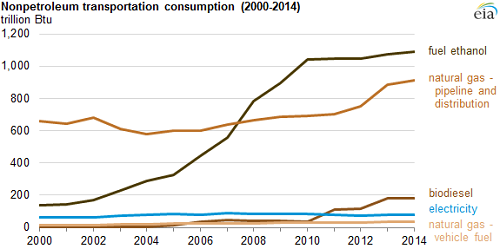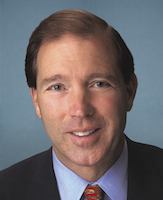 A new ad campaign from the National Biodiesel Board is showcasing the success of the green fuel from coast to coast. The “Biodiesel is Getting Us Where We Need to Go” campaign celebrates biodiesel’s benefits that touch cities and towns, fields and farms, water and air.
A new ad campaign from the National Biodiesel Board is showcasing the success of the green fuel from coast to coast. The “Biodiesel is Getting Us Where We Need to Go” campaign celebrates biodiesel’s benefits that touch cities and towns, fields and farms, water and air.
“Biodiesel shows that forward-looking energy initiatives work to promote new ideas and innovation that deliver results,” said Joe Jobe, National Biodiesel Board CEO. “We have a lot to be proud of and want to showcase to leaders in Washington and around the nation the environmental, economic, and energy benefits biodiesel brings right to their communities.”
The 30 second commercial will air on national television networks, as well as on select local broadcast outlets and cable news programs throughout the summer.
The digital campaign includes banner advertising and a 15 second version of the television commercial presented as a pre-roll to programming on news platforms and as openers to videos on YouTube. Radio and print focused on target areas will round out the comprehensive campaign, anchored by a re-launched website (www.americasadvancedbiofuel.com) that provides videos featuring how biodiesel is making a difference in from coast to coast.
The campaign complements NBB’s efforts to support biodiesel growth through the Renewable Fuel Standard (RFS) and is funded by the United Soybean Board, State Soybean Checkoff Boards, U.S. Canola Association, and the National Biodiesel Board.









